Why Do All the Guys in Historical Dramas Have the Same Hairstyle

We’ve talked a lot about traditional women’s hairstyles, but rarely do we touch on men’s. Maybe that’s because… there doesn’t seem to be much to talk about?
Some people wonder: “Are male hairstyles in costume dramas running out of creativity?” Why do female characters get such a variety of intricate hairdos, while male styles often all look the same?
If you’re a male Hanfu enthusiast wanting to try something different with your hair, can historical dramas offer any inspiration?
Let’s take a closer look and see what answers we can find to these questions.
Ⅰ. The Problem with Repetitive Male Hairstyles in Costume Dramas
In many Chinese historical dramas, actor Zhang Wanyi seems to sport the exact same hairstyle—whether he’s in Lost You Forever,The Rise of Ning, or Are You the One. Honestly, you could swap him between sets and few would notice. But are hairstyle options for male characters in period dramas really that limited?
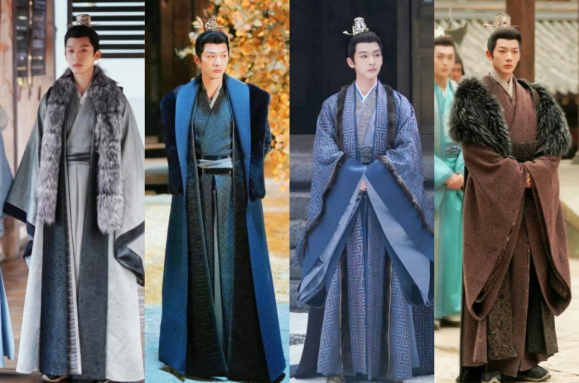
Let’s break down the common elements of male hairstyles in costume dramas. Most styles can be built by mixing and matching just a few components:
- Fully tied-up hair: In ancient China, men were expected to tie all their hair up once they came of age. This is hands-down the most common hairstyle seen in dramas today.
- Bangs or “dragon whiskers”: These fringe-like strands frame the face, soften sharp features like high cheekbones, and give off a roguish, martial-arts vibe.
- Half-down hair: Originally a look for children who hadn’t reached adulthood, this style has been adapted for adult characters in dramas.
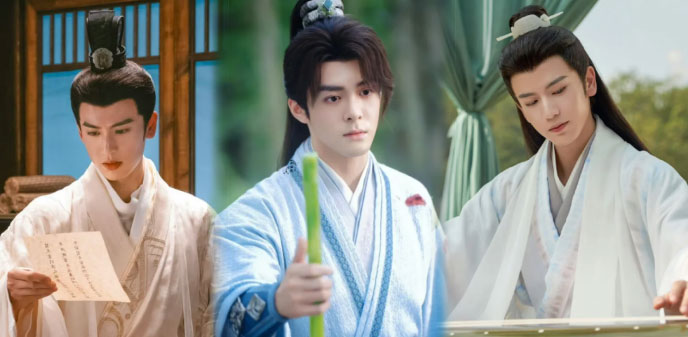
When combined—for example, bangs with half-down hair—these elements can create a “1+1>2” visually richer look that feels more dynamic onscreen.
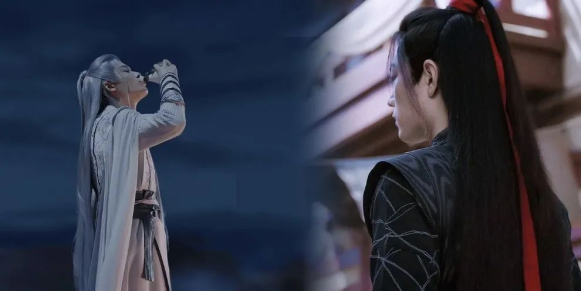
Ⅱ. Real-Life Hairstyles for Men in Ancient China
In the real world—not just on screen—the dominant style for ancient Chinese men was, without a doubt, the tied-up hairstyle. Its continued reign in costume dramas owes a lot to the influence of Qin and Han dynasty culture, especially the widespread depiction of such styles in the Terracotta Army.
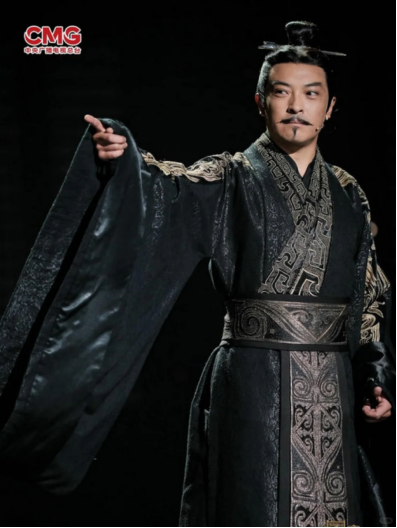
From the Terracotta Warriors, we get a clear view of traditional men’s hairstyles: neatly parted hair, twisted or coiled into buns (some centered, some off to the side). There’s even variety in the braiding—some feature single braids, others multiple strands—showing that even within a structured style, there was room for creativity.
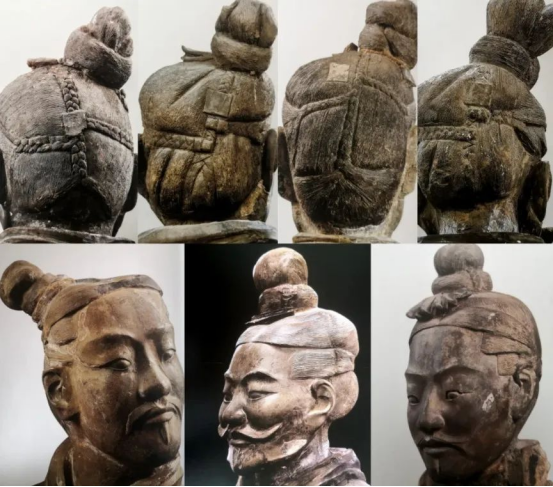
The tied-up bun became the foundational hairstyle for Han Chinese men. But here’s the thing—the hairstyle itself was just the base. What really made a man’s look distinctive was the headwear: the crowns, caps, and wraps that signified status, formality, and even personality.
There were ceremonial crowns for formal events, casual caps for daily wear, and specific hats tied to social rank. Fashion changed over time too:
- During the Han Dynasty, scholars often wore tall headwraps.
- In the Tang Dynasty, the soft putou head wrap became trendy.
- The Song Dynasty favored elegant scarves for scholars.
- The Ming Dynasty brought in square-shaped hats and sheer gauze headgear.
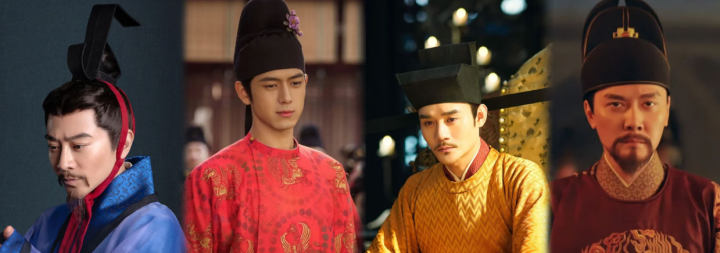
Ⅲ. Court Hairstyles: Uniformity Over Creativity
Hairstyle expectations in the imperial court were very different from those in civilian life. In the court—especially during official ceremonies and festivals—the aesthetic leaned heavily toward a strict, uniform appearance. You might even call it a kind of “visual austerity.”
A great example of this can be seen in the Ming Dynasty painting “Ming Emperor Xianzong Enjoying the Lantern Festival”.
In the first section, you’ll find a lineup of adult men in formal court attire. Their hairstyles and headwear are virtually identical, and aside from minor differences in clothing color, the cuts and styles of their robes are nearly the same.
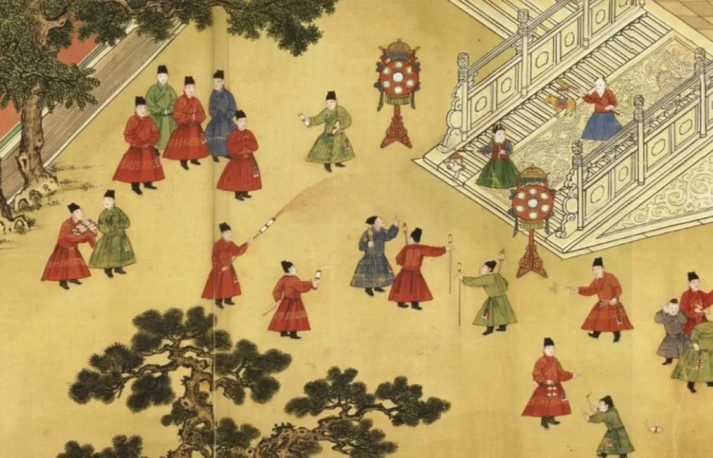
The second section features portraits of adult court women. Again, the same principle applies—the hanfu hairstyles and accessories are structured and similar in shape, with only slight variations in color. Consistency was clearly the priority.
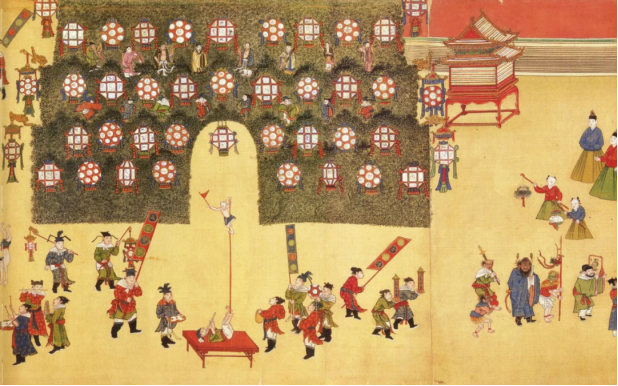
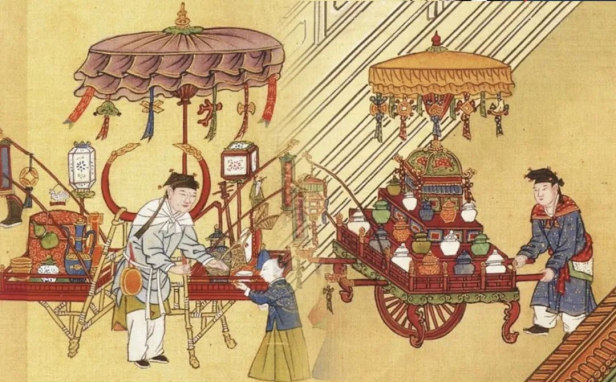
Now, contrast this with the third section, which shows entertainers and street performers entering the palace. Here, creativity abounds. Their outfits and hairstyles are far more diverse, designed to suit various characters and performances. This part of the painting is full of visual flair and individuality.
In short, while the palace elite were bound by rigid visual standards that emphasized order and unity, the people on the margins—performers, vendors, and everyday folk—were free to explore more vibrant and expressive styles.
Summary
It’s often said that male characters in historical dramas don’t get as much variety in their styling as female characters—and that’s somewhat true, at least when it comes to hanfu hairstyles. But to call their looks “boring” might be a little unfair.
After all, ancient Chinese men had an entire world of accessories at their disposal: elaborate hats, elegant hairpieces, jade ornaments, and even ceremonial swords. These weren’t just decorative—they helped define a man’s status, style, and overall presence.
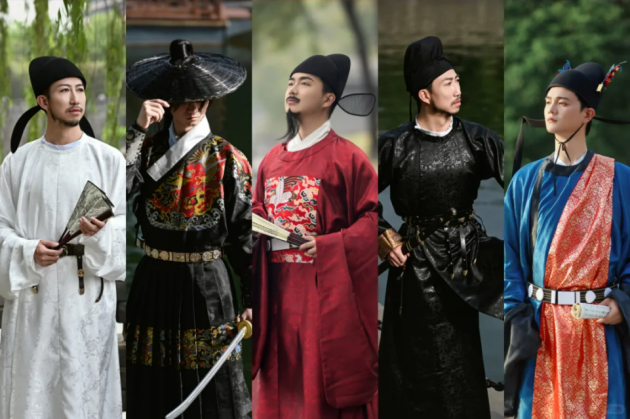
If you’re into historical fashion and want to make your look stand out, don’t overlook these elements. While women might reach for jewelry and layered gowns, men had their own “wardrobe weapons”—boxes of hats, hairpins, and finely crafted gear. You’re welcome to share your thoughts in the comments.
Whether you prefer the dramatic flair of TV costumes or a more historically accurate aesthetic, the key is choosing a look that suits you.
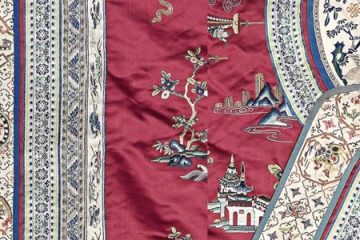
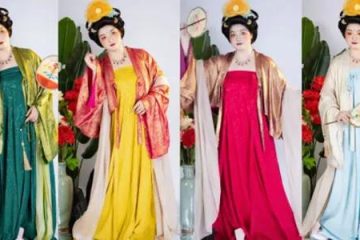
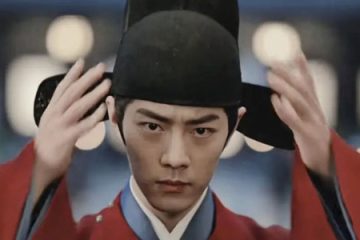
0 Comments